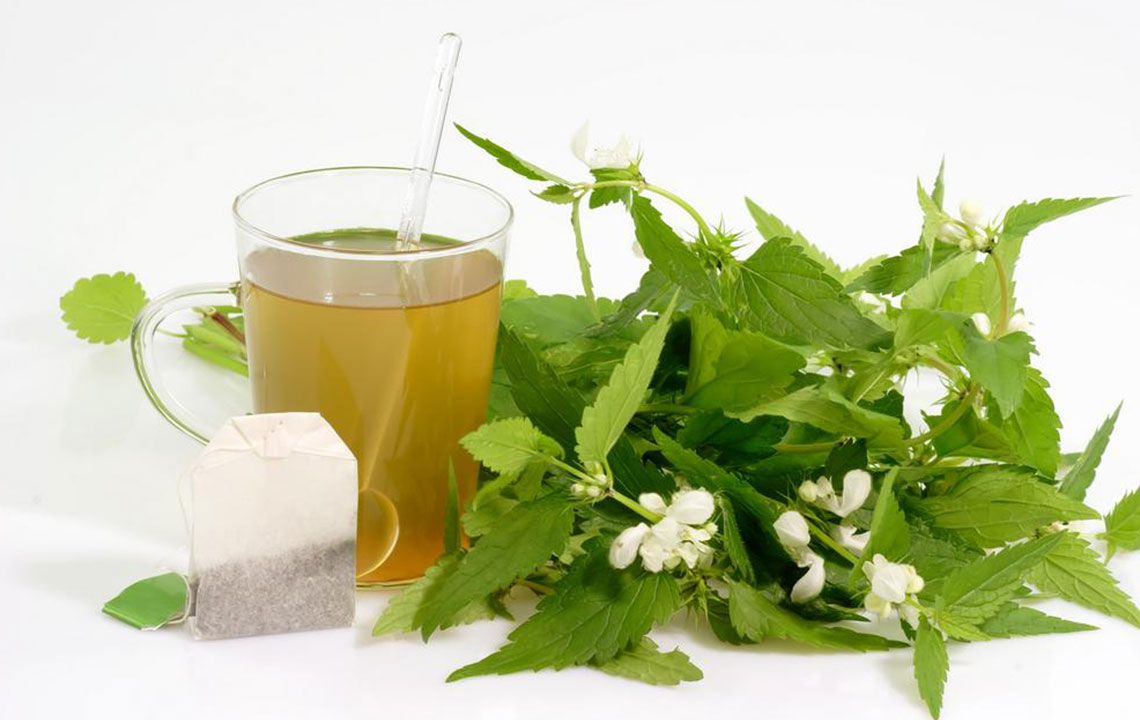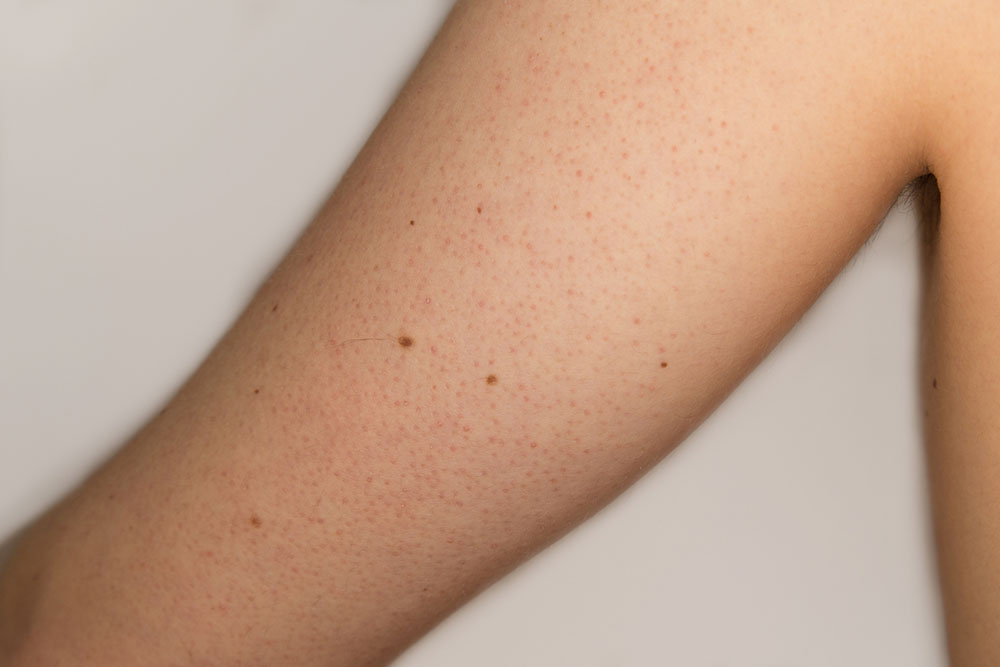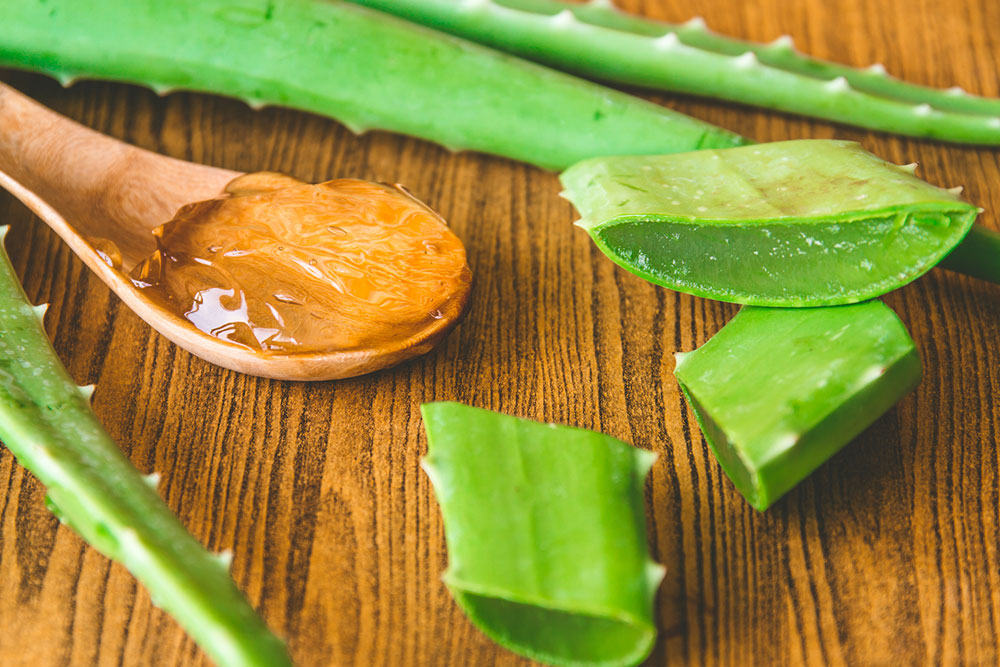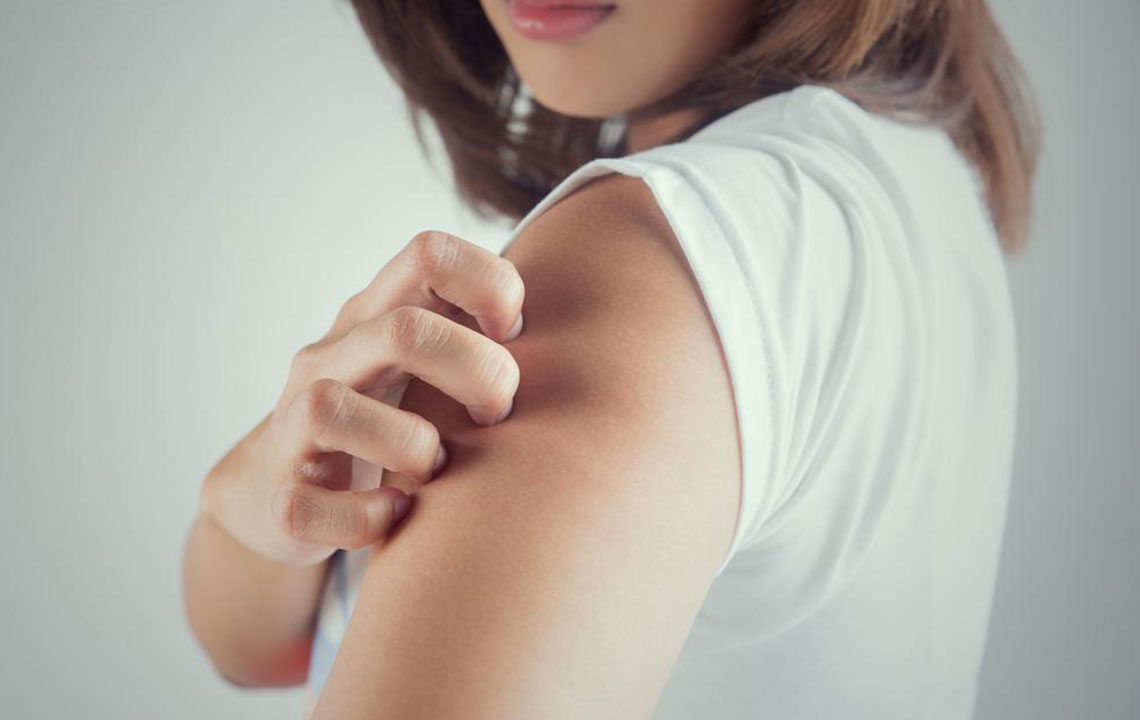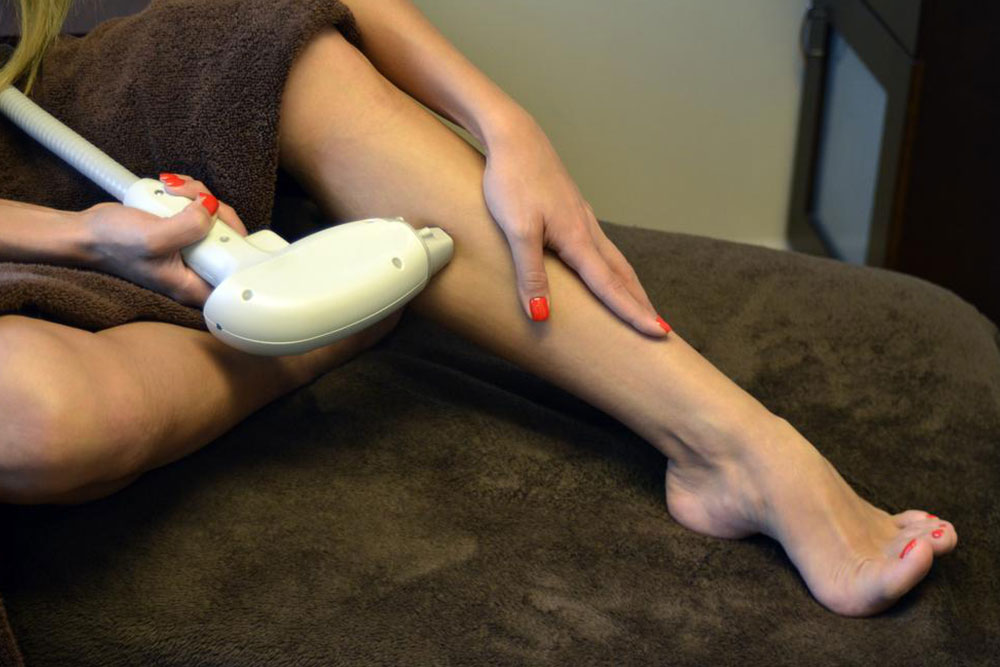Comprehensive Home Solutions for Managing Keratosis Pilaris Naturally
Discover effective and natural home remedies to manage keratosis pilaris. Learn about gentle exfoliation, natural scrubs, and hydration strategies that can help reduce bumps and improve skin texture. This comprehensive guide offers practical tips for smoother, healthier skin without the need for harsh chemicals or costly treatments, making it ideal for those seeking safe, at-home solutions for this common skin condition.
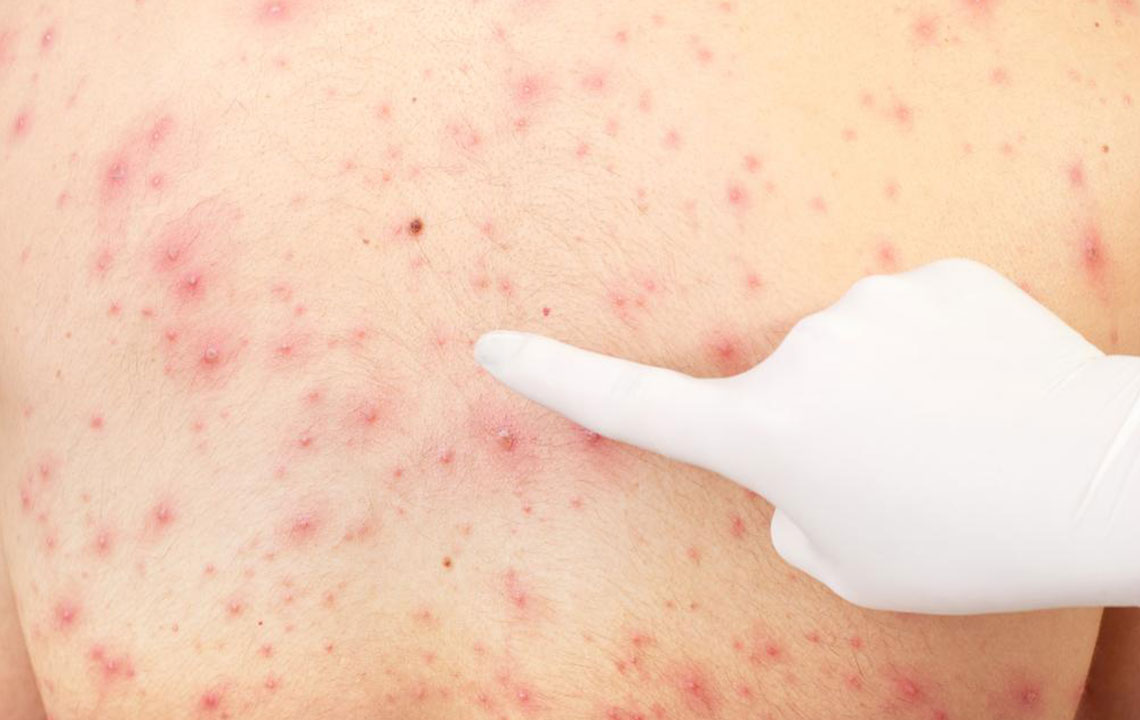
Keratosis Pilaris, commonly known as 'chicken skin,' is a widespread dermatological condition that predominantly affects teenagers and persists into adulthood in many cases. Recognized by tiny, rough bumps resembling goosebumps or small acne-like lesions, this condition is primarily caused by an overproduction of keratin—a fibrous protein that serves as the skin's natural barrier. When excess keratin accumulates within hair follicles and pores, it leads to the formation of these characteristic bumps, often appearing on the upper arms, thighs, cheeks, and buttocks. While generally harmless and painless, keratosis pilaris can be cosmetically distressing and may lead to feelings of self-consciousness, especially during warmer months when clothing reveals affected areas.
Statistics indicate that up to 80% of teenagers and about 40% of adults experience keratosis pilaris at some point in their lives. The condition often tends to improve with age, particularly by the age of 30, but many individuals seek practical, at-home remedies to enhance their skin's appearance and reduce the bumps' visibility. Fortunately, managing keratosis pilaris does not require expensive treatments or dermatologist interventions; instead, simple lifestyle adjustments and natural remedies can significantly diminish symptoms and promote smoother skin.
One of the key strategies in managing keratosis pilaris involves regular exfoliation. This process helps remove the buildup of dead skin cells and facilitates the clearance of keratin plugs, thereby reducing the prominence of bumps. Both physical exfoliants, such as scrubs, and chemical exfoliants containing alpha hydroxy acids (AHAs) or beta hydroxy acids (BHAs) can be effective—when used appropriately to prevent irritation. Gentle, consistent exfoliation is vital because aggressive scrubbing may damage delicate skin, leading to redness or irritation. Incorporating tools like soft loofahs, washcloths, or gentle scrub brushes during bathing can gently lift away dead skin layers, revealing fresher, smoother skin underneath.
Natural remedies often include ingredients readily available at home. For example, a mixture of olive oil and salt can serve as an effective natural scrub. The olive oil penetrates and hydrates dry skin, while the salt acts as an abrasive to slough off dead cells. Similarly, coconut oil combined with salt or brown sugar creates a soothing exfoliant that not only clears the pores but also moisturizes the skin, reducing dryness and irritation—a common concern in keratosis pilaris. Using oatmeal in homemade scrubs is another popular approach; ground oats mixed with water or milk can gently exfoliate, calm inflamed skin, and leave a soft, velvety finish.
Another effective method involves applying diluted apple cider vinegar as a toner or spot treatment. Apple cider vinegar's natural acids help dissolve excess keratin buildup, promoting easier removal and clearer pores. When used consistently, it can contribute to smoother skin texture and reduced bump visibility. It's essential, however, to dilute vinegar properly with water to minimize the risk of irritation, especially for sensitive skin types. Alongside these exfoliation treatments, maintaining optimal skin hydration through moisturizers—preferably those with ceramides, glycerin, or hyaluronic acid—ensures the skin remains supple and resistant to dryness, which can exacerbate keratosis pilaris.
Adopting an integrated skincare routine that combines gentle exfoliation, hydration, and natural remedies can significantly improve skin appearance over time. Additionally, avoiding harsh soaps, long hot showers, and rough scrubbing helps preserve the skin’s natural barrier. Wearing breathable fabrics and using moderate sun protection can prevent further irritation and skin damage. Importantly, patience and consistency are crucial: visible improvements may take several weeks of diligent care, but the results—smoother, clearer skin—are well worth the effort.
In conclusion, managing keratosis pilaris at home is achievable through simple, time-tested methods. By embracing regular gentle exfoliation, natural remedies like olive oil, coconut oil, oats, and apple cider vinegar, alongside proper hydration, individuals can effectively reduce the appearance of bumps and restore skin’s natural glow. These methods not only work for mild cases but can also be adapted for more persistent symptoms, making them practical options for anyone seeking a non-invasive, cost-effective solution for this common skin concern.
